10 moments that defined Tresor
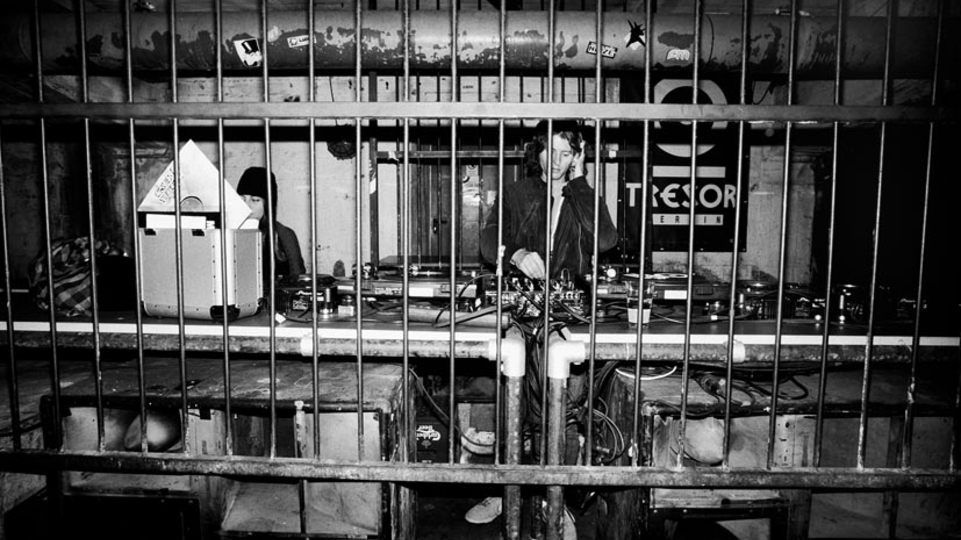
When Tresor opened in 1991 beneath the former vault of the Wertheim Department Store, it was inconceivable that it would become a symbol of German reunification and the blueprint for all future techno clubs. Here, we count down the club's most iconic moments...
The building was rediscovered in 1991
The club's founder, Dimitri Hegemann, came across the dilapidated former department store in 1991, whilst exploring the abandoned no man's land between East and West Berlin. He knew right away that the sprawling underground vault was a special place — and Tresor was born.
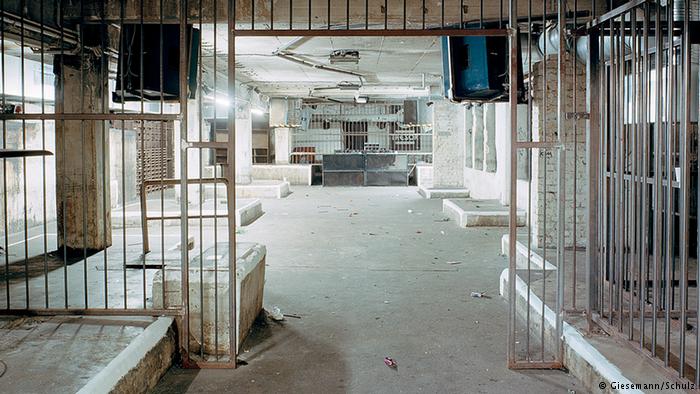
Most of the building was destroyed in World War II
The Nazis confiscated the original building from its Jewish owners during World War II. Most of the structure was destroyed, but the club’s iconic vault survived. It was abandoned after the war and was left empty until Tresor was founded in the early '90s.
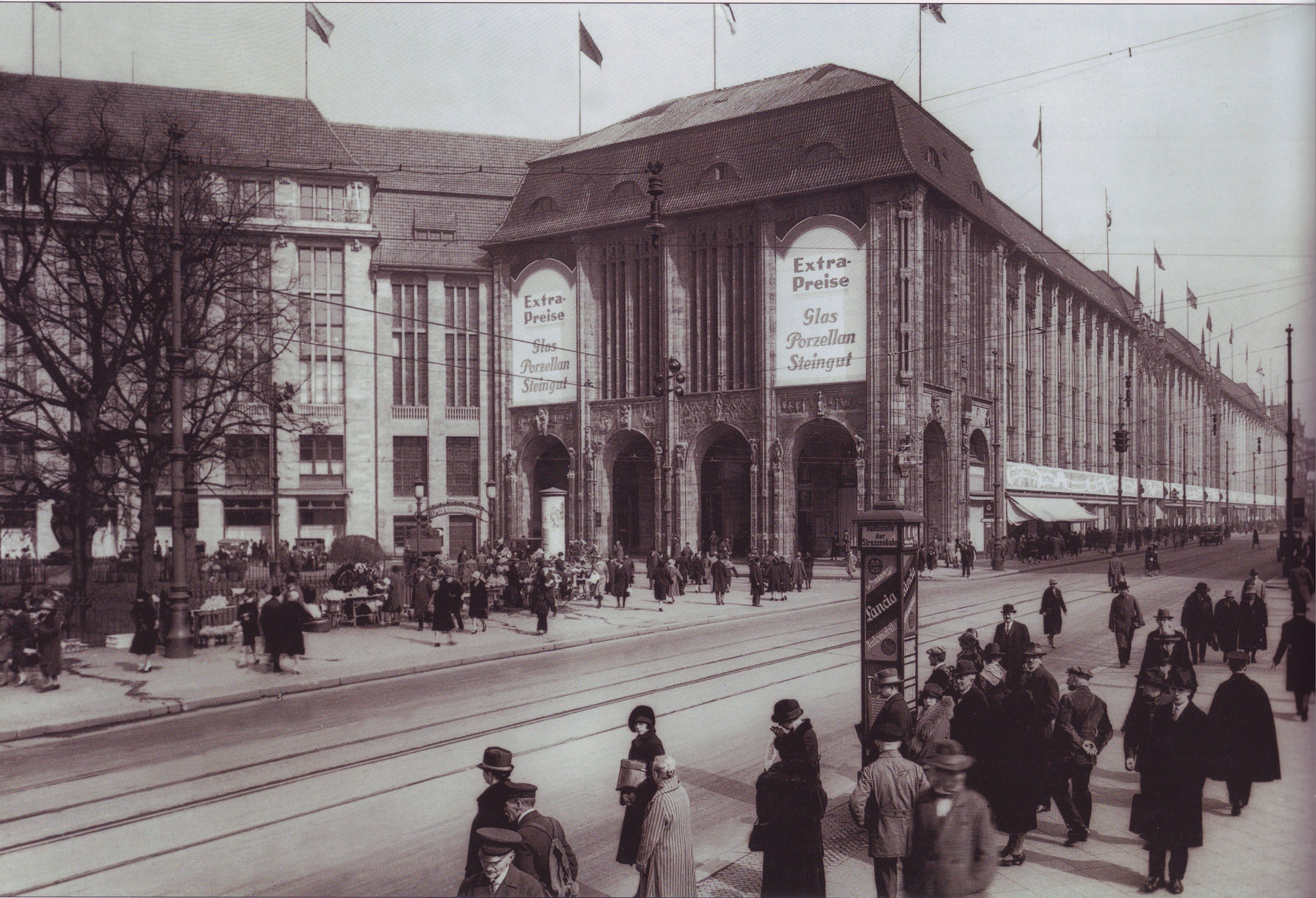
The club’s iconic basement was actually a bank vault
The club’s iconic cellar originally served as the bank vault of the Wertheim Department Store. The title Tresor means safe or vault in German, which explains the name and the remaining safes in the club. The original DJ booth was located inside a huge vault behind a set of thick metal bars.
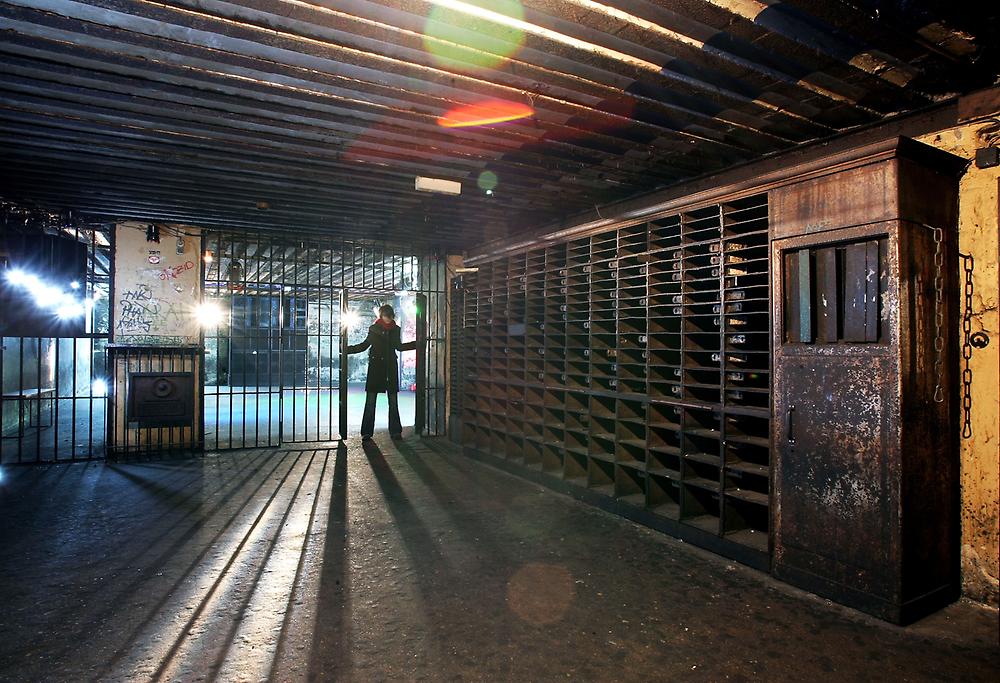
Interfisch at UFO
Tresor originally started out as a record label and a club night (called Interfish) at Germany’s first-ever acid house club, UFO. The club was housed in a basement that was only accessible via a ladder. After UFO's closure, the Tresor crew thought it would be a good idea to establish their own club.
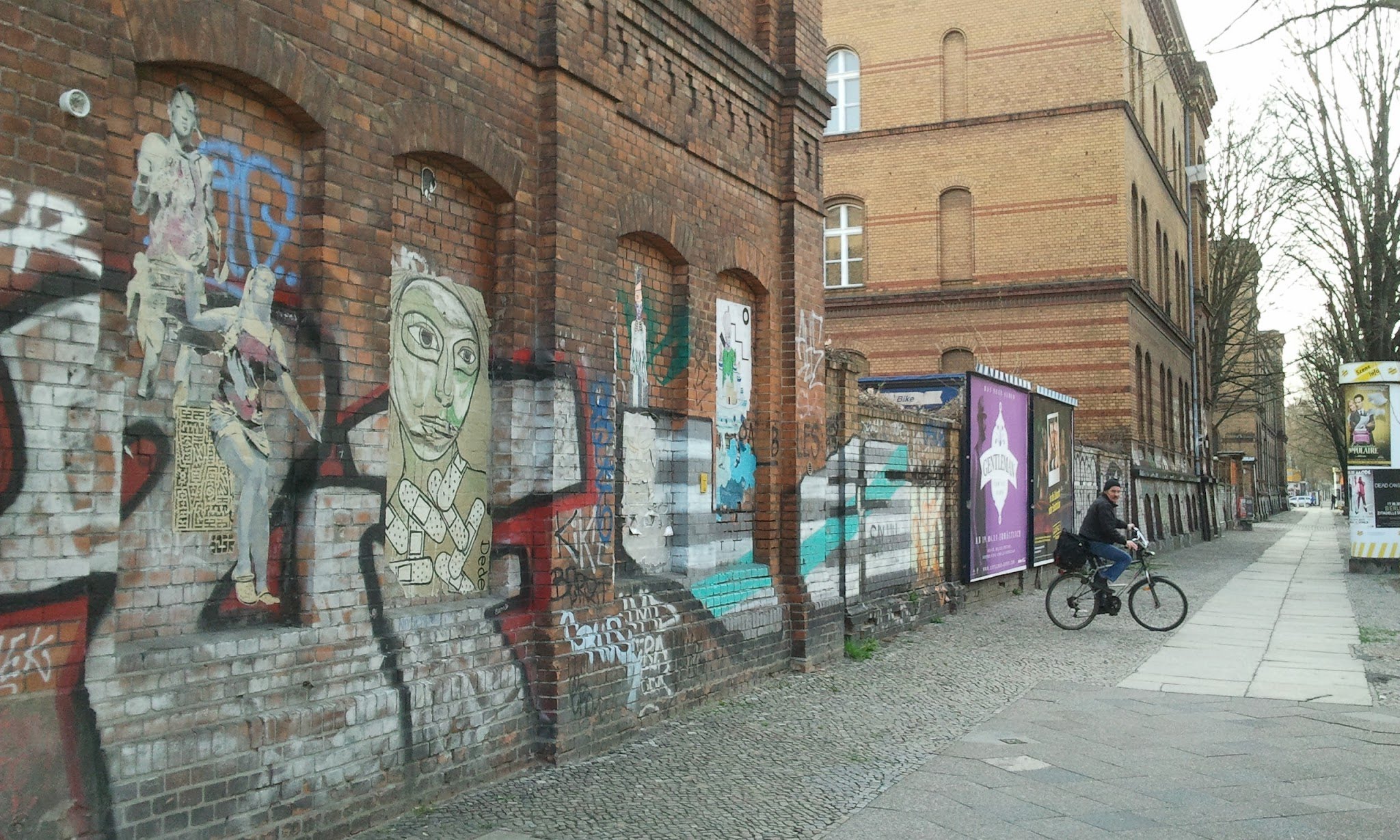
The unbearable heat
Rumour has it that the club’s famous cellar room got so hot that some international DJs would bring oxygen tanks with them to use during their sets. The club’s ventilation was later fixed to help defuse the intense heat that would pulse through the venue during the early hours!
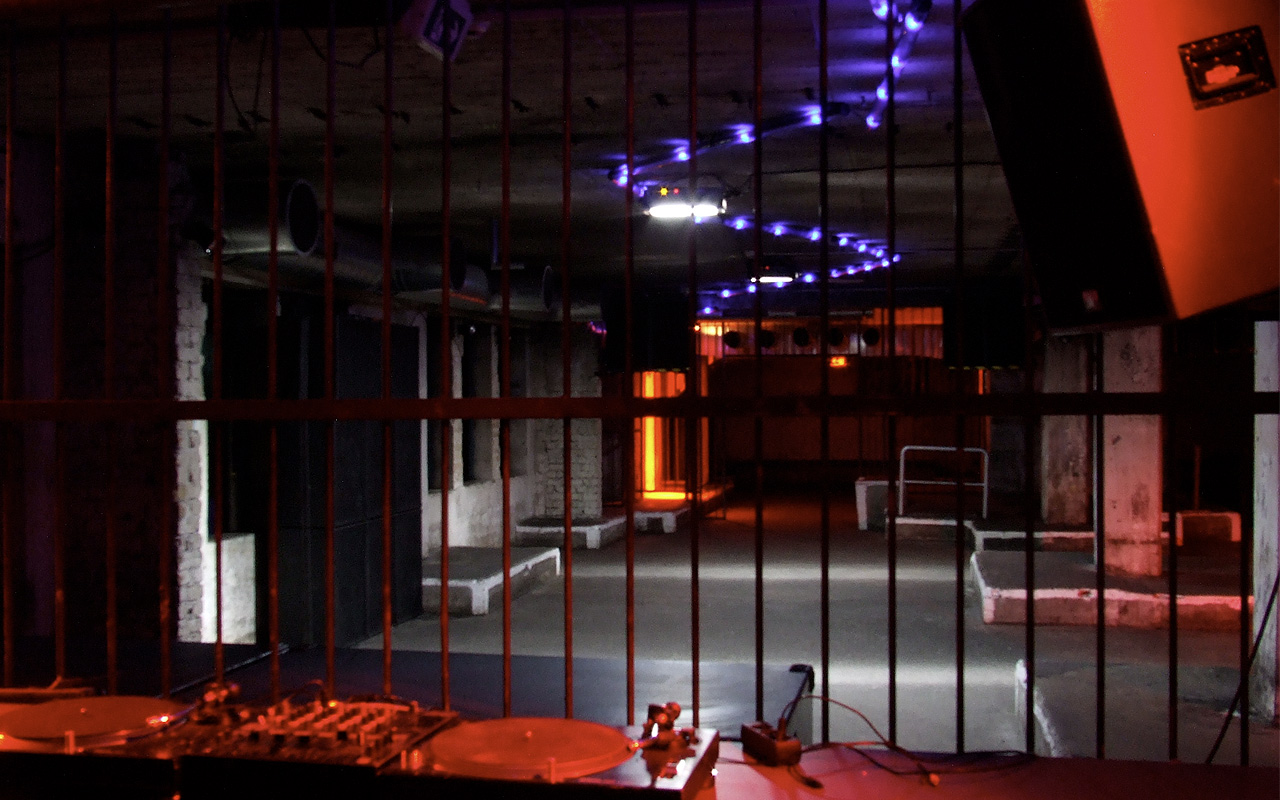
It was a symbol of unification
The club became a symbol for the reunification of East and West Berlin in the '90s. It was the only club that was largely accepted by both East and West Berliners.
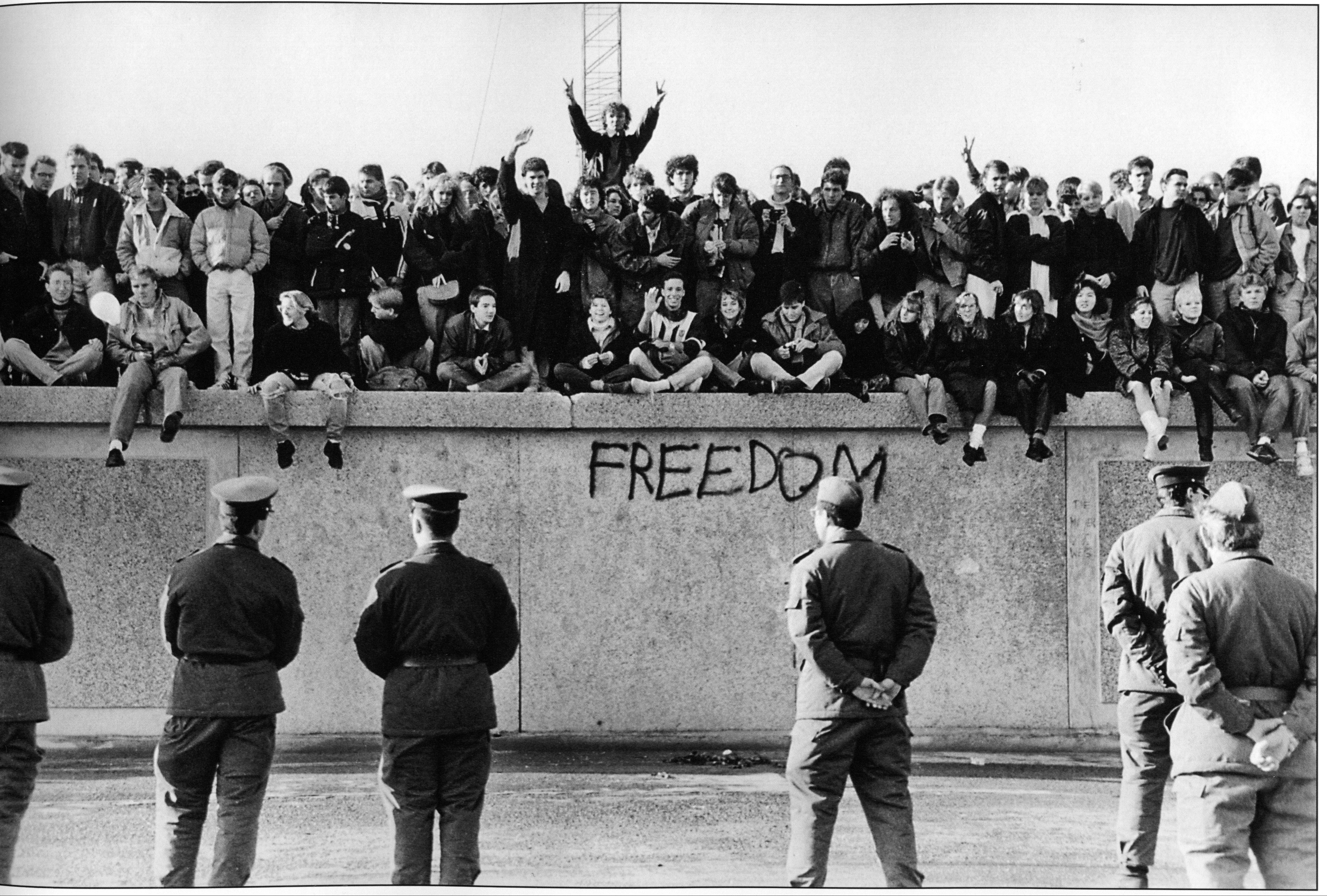
The club was an instant success
Despite being an illegal club, when Tresor opened in the early ‘90s it was an instant success with young people throughout Germany. The club also became famous overseas with people travelling from across Europe to visit the unique venue.
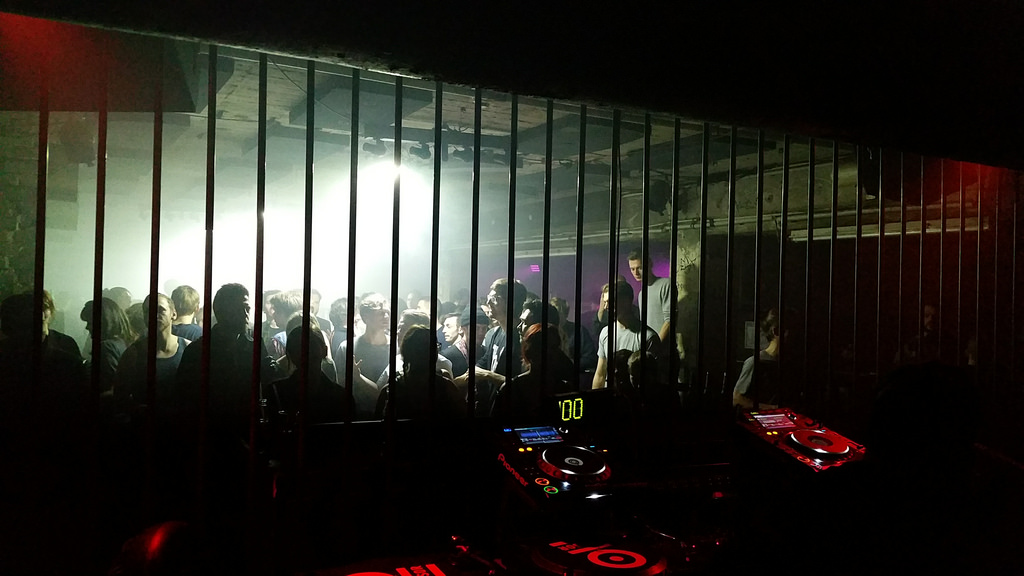
The party line
When the club opened in 1991, news of its arrival circulated around Berlin via word-of-mouth and a party line — a phone number clubbers could call to hear a voicemail telling them about the up-and-coming nights at the venue.
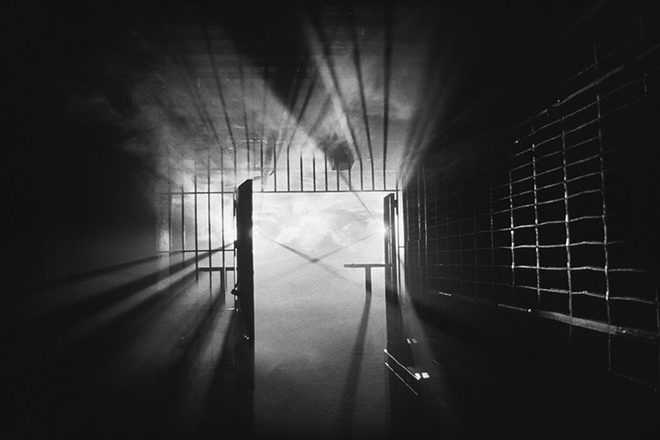
Checkpoint Charlie
To get to the club at night, Berliners would get the night bus to Checkpoint Charlie before walking the rest of the way in complete darkness into an abandoned part of the city.
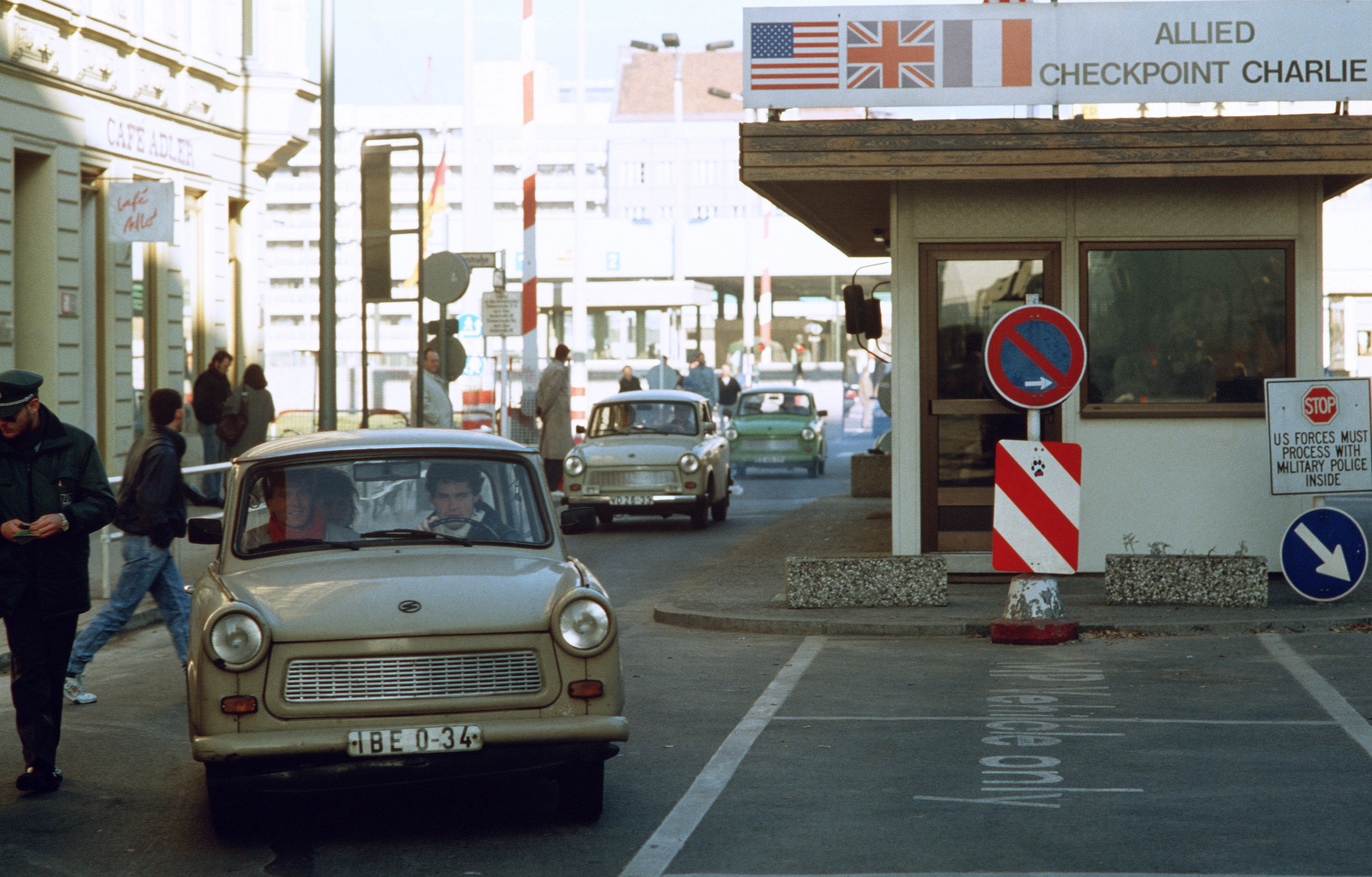
The closing party
In 2005, developers moved in and finally forced the club out after 14 years in business. During its final month, the club opened everyday, with the final closing party beginning on a Saturday and ending on Monday evening. Tresor reopened on 24th May 2007 in a renovated power plant on Köpenicker Straße in Mitte, Berlin.
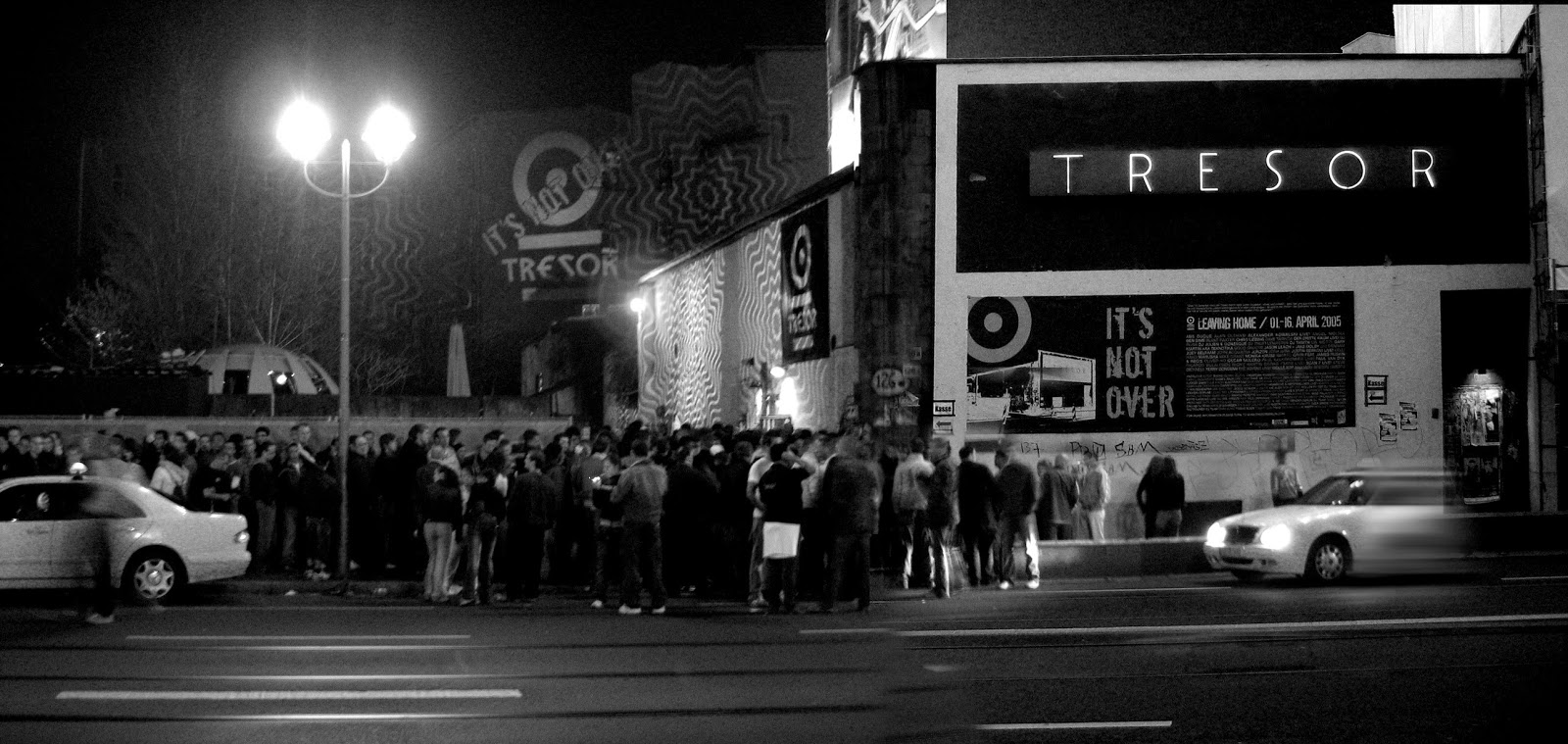
If you want to learn more about Tresor's cultural impact on Berlin and club culture as a whole, we highly recommend you watch Sub Berlin: The Story of Tresor below.